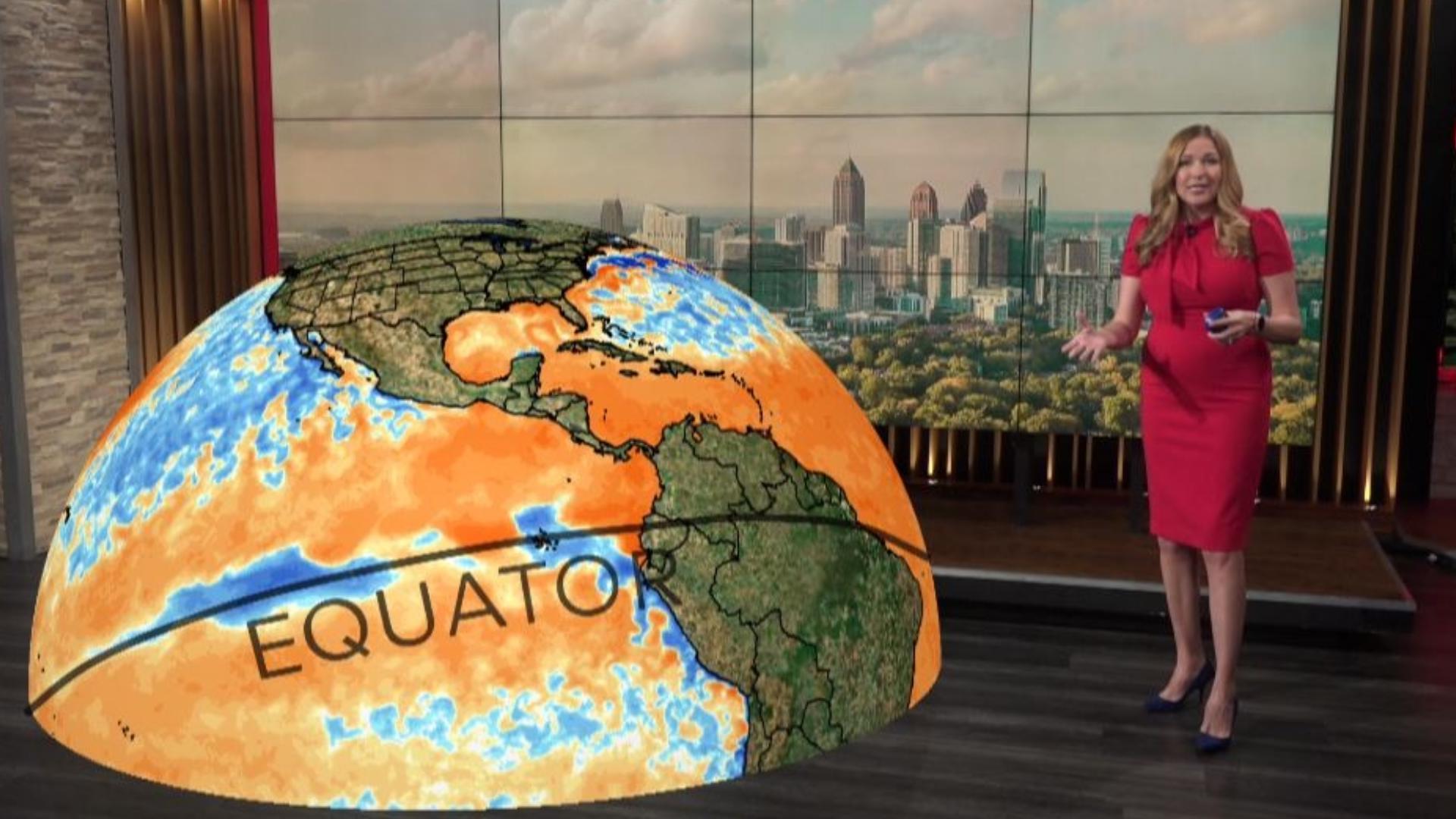ATLANTA — Hurricane Preparedness Week is underway, with less than a month until the official start of the season on June 1. The statistical peak of hurricane season is on September 10, and the season ends on November 30.
Even though we’re hours from the coast, the impacts of tropical cyclones are often felt in north GA.
This season is forecast to be unusually busy. An “average” Atlantic season has 14 named storms, 7 hurricanes, and 3 major hurricanes (category 3 or higher).
However, the European Center for Medium-Range Weather Forecast’s annual outlook released earlier this week calls for 23 named and 13 hurricanes. Colorado State University’s forecast is similarly active, with 23 named: 11 hurricanes and 5 major hurricanes. This is the highest number of hurricanes that CSU has ever issued with their April outlook.
CSU releases updated forecasts as the hurricane season progresses, and NOAA will be releasing its forecast later this month.
Why so active?
Most importantly, the Atlantic Ocean is at record warm temperatures – about two degrees above average. Warm ocean water acts as fuel for hurricanes.
Influence of La Niña
El Niño and La Niña are opposite phases of the El Niño-Southern Oscillation or ENSO. ENSO is a naturally occurring climate pattern based on sea surface temperatures in the eastern equatorial Pacific. Warmer than average is El Niño, cooler than average is La Niña, and near average is ENSO neutral or La Nada.
Currently, a weak El Niño phase is underway, but a transition to La Niña is expected this summer. La Niña years are more conducive for tropical development because there is less wind shear over the Atlantic.
Wind shear is the change of wind speed and direction as you go higher in the atmosphere. When hurricanes form, air moves quickly around the eyewall, circulating up and out. Strong wind shear disrupts the flow of a hurricane and prevents the structure that a tropical system needs to strengthen.
The bottom line is that hurricanes are sensitive to wind shear, and lower wind shear means easier tropical formation and intensification.
The combination of warm Atlantic water and an emerging La Niña phase could be the perfect environment for tropical activity. But remember... no matter how active a hurricane season is, all it takes is one to be impactful for you.

